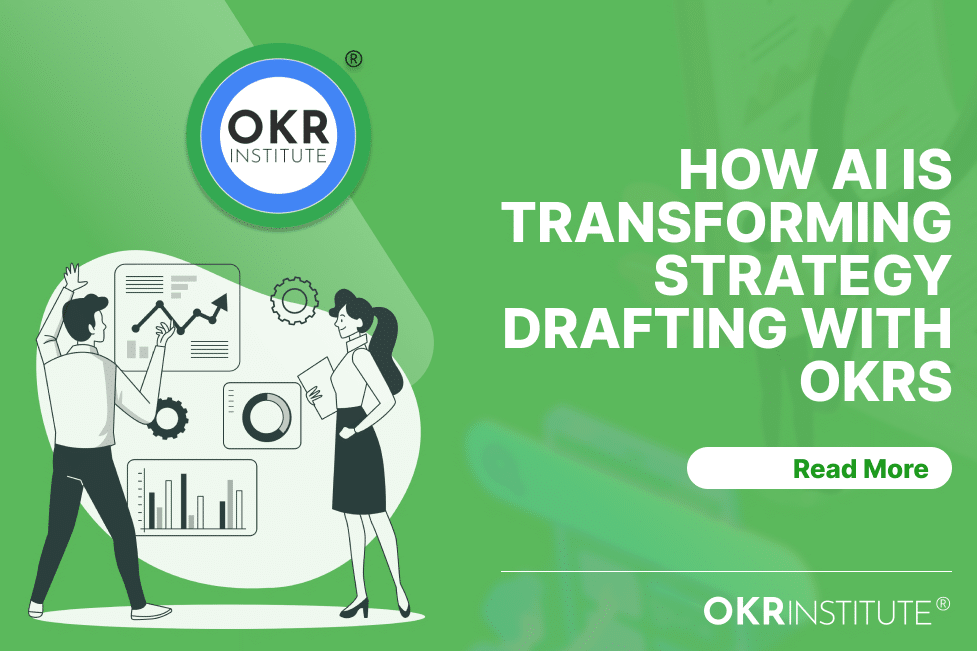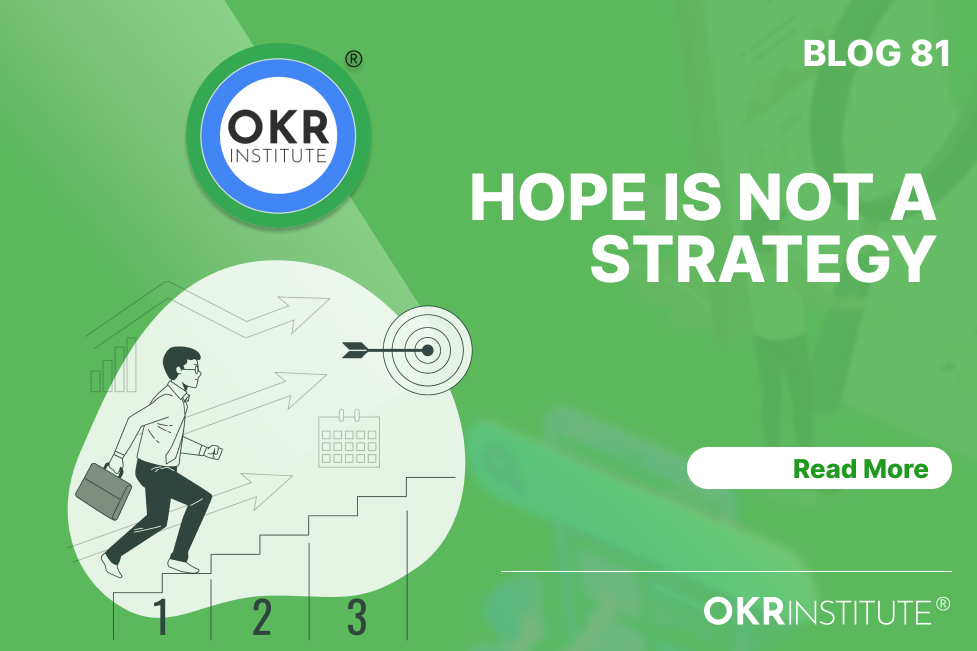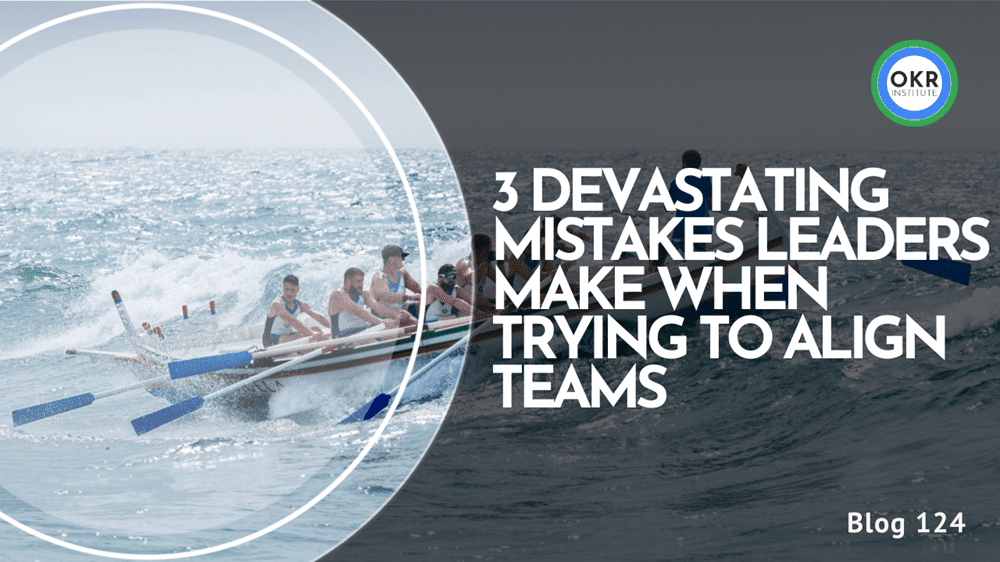OKRs TO ACCELERATE BUSINESS STRATEGIES

One of the most significant changes imposed by the Covid-19 pandemic was the need to accelerate business plans and strategy in all industries. The long-term goal quickly shortened to the medium-term goal and even towards the short-term. What was planned to be completed over the years is being done in months, sometimes even weeks.
However, this speed increase is a problem since traditional execution methodologies operate with trajectory adjustments and monthly monitoring frequency. Every month, the strategic indicators are updated and based on the reported values, the managers evaluate the performance of what was achieved concerning the monthly goals and the accumulated goals. The managers take the necessary actions for course corrections towards the expected results for the year.
Technologies companies in Silicon Valley pioneered the OKR, a solution to the problem described above. The OKR methodology created at Intel and Google became famous, and today it has become widely used by companies in all sectors of the economy around the world. For those who are not yet familiar, OKRs is an acronym for Objectives & Key Results.
The frequency of OKR monitoring is weekly. Traditional companies operate with a conventional method of executing strategies and plans, measuring them, evaluating performance, making decisions, and correcting directions every month. Modern companies use OKRs to measure, assess performance, make decisions and correct directions every week.
Perceive how this provides modern companies with a substantial competitive advantage because it can adapt to speed four times faster than the traditional company. Not by chance; it is customary to call this weekly OKR frequency “cadence.” The cadence is the same as the rhythm. Like instrumentalists performing a musical composition, OKRs rhythmically accompany each other each week to ensure weekly milestones or milestones are achieved. The cadence is crucial to the success of OKRs, as they keep people accountable for monitoring them active and committed to results.
An OKR is made up of an Objective (O) and its Key Results (KR).
The objective is a qualitative statement of what you want to achieve in the next cycle, which usually set quarterly. For example: “Expand our presence in the Asian markets.”
The key results are quantitative, such as “Aquire 100 new clients in Southeast Asia”, “Create 20 marketing campaigns in Indonesia”, and “Organize one monthly community events in Singapore, Malaysia and Thailand”. These numbers are then spread out over the weeks and to be monitored in the weekly check-ins. OKRs originate both top-down (from top management) and bottom-up (from employees) and are accompanied by teams whose members represent the areas involved in achieving the goal and its key results.
In addition to the objectives and key results, the teams define action plans whose tasks are distributed among their members. Every week, preferably on Monday mornings, there is a meeting whose duration should not exceed 30 minutes. In this meeting, the previous week’s tasks are reviewed; the weekly targets are reached or not. At the end of the cycle, key results are achieved or not, lessons learned are discussed and recorded, achievements are celebrated, and new OKRs are defined.
The Covid-19 pandemic brought back, with renewed strength, the VUCA world’s concept, Volatile, Uncertain, Complex and Ambiguous. In this world, where change occurs rapidly, OKRs are the most suitable methodology to execute strategies, implement business plans and seek exceptional results. At OKR Institute, through our various education and certification programmes, we help leaders and organizations implement OKR’s, a competitive advantage that all company intends to prosper in the “new normal” need to adopt.
Related Courses
Popular Posts
Tags
#OKR
#OKR Coaching
#OKR Coach







